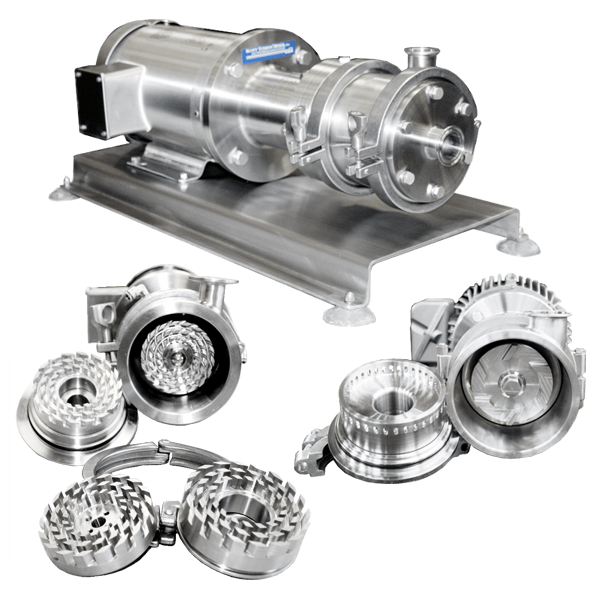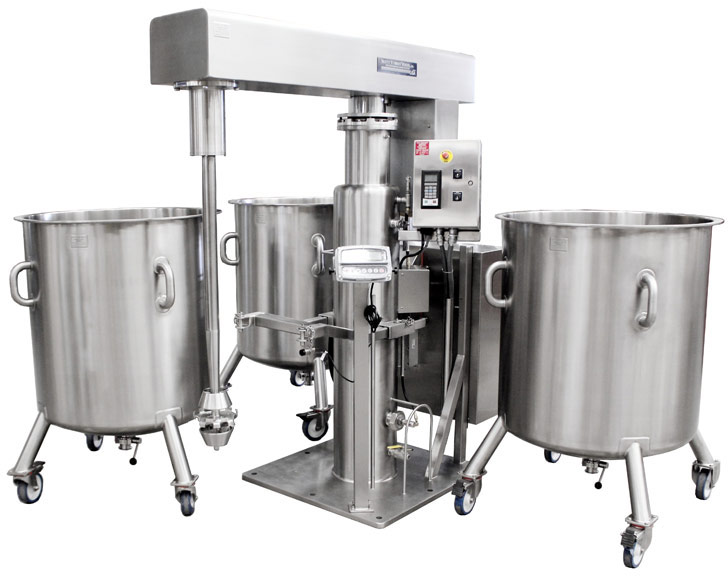Chemical Process Equipment
The selection and placement of Chemical Process Equipment is crucial to a facility’s profitability and efficiency. This influential text focuses on the various types of equipment available, and the best way to choose the right one for your needs. It includes detailed descriptions of key components and their functions, including their cost, energy consumption, and reliability. It is a useful reference for plant, chemical, and process engineers. This book is designed for those responsible for the selection, installation, and maintenance of chemical processes.
The first step in the polymerization process is to weigh raw resin materials, including the phenolic, acrylic, and polyester resin. Next, the producer dumps these ingredients into a tank, where a reagent or catalyst is introduced to effect the desired reaction. Once the reaction is complete, the tank will be transferred to auxiliary equipment. The next step is testing the product for impurities, if any, and drawing samples for laboratory analysis. Then, the chemical equipment includes hydrogen-chloride coolers and condensers. Absorbers are used to produce hydrochloric acid, and a hydrometer is used to determine the specific gravity of the solution.

Aside from testing for purity and efficiency, chemical process equipment can be expensive. The total installed capital cost of a unit should consider its lifecycle and overall cost. These costs vary based on factors such as the material used, shipping and handling costs, as well as installation fees. The price may also differ due to accessories and other equipment. Some materials are less robust, and require more control and monitoring devices. The cost of equipment should be considered in a comprehensive evaluation before purchasing one.
The maintenance and replacement intervals for the equipment used in a chemical process differ. A cheaper heat exchanger made of 316 stainless steel may cost ten times more than a tantalum one. However, if a unit lasts thirty years, it is likely to be more economical. When comparing the lifecycle costs of different chemical processing equipment, the higher expected lifetime of SS is usually more favorable. If a component is cheap to maintain, it is better to buy a SS-based system.

The maintenance technicians are responsible for cleaning, repairing, and inspecting the equipment. They will start pumps that transfer solvent to the tank. They will also start agitators to dissolve usable constituents. The workers will then load the cells into racks and lower them into the liquid solutions. These technicians must take proper care of the equipment to ensure that the chemicals are safe. So, chemical process engineers must be able to make sure that their chemical process equipment is safe and efficient.
The chemistry of the process should be estimated for every part of the equipment. The operating personnel must consider the process chemistry throughout its life cycle. The operator must load the liquid ingredients in the autoclave and pour the solid ingredients in the filter press. During the process, the operator will read the production schedule. Then he or she will add the necessary amounts of solid ingredients to the autoclave. The operator should close the vent and then turn on the steam valves to heat up the mixture and seal the autoclave. Then, the operators will pump the resin from the tank trucks into the molds. Then, he or she will pour the liquid plastics in the molds and finish the process.
















